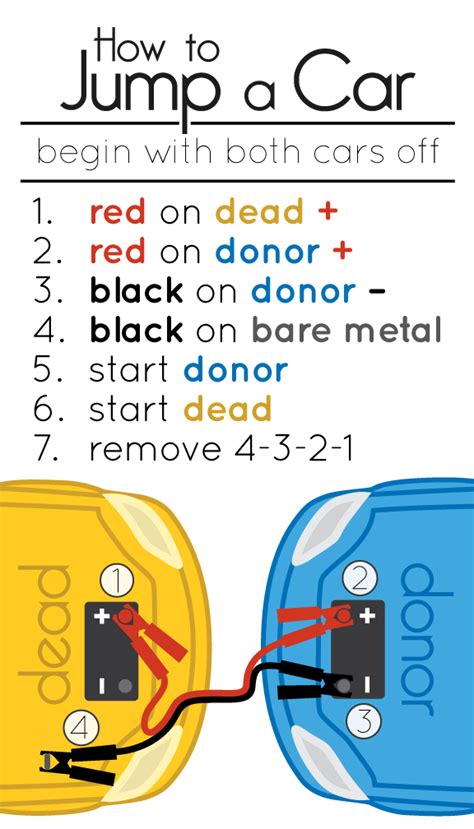How to Jump Start a Car: Hacks and Troubleshooting
So, your car battery's decided to take a vacation, leaving you stranded. Don't panic! This guide will walk you through jump-starting your car safely and efficiently, along with some handy hacks to make the process smoother. We'll cover everything from preparing your car to troubleshooting common problems.
Preparing for the Jump Start
Before you even think about connecting those cables, take these crucial steps:
1. Gather Your Supplies:
- Jumper cables: Make sure they're in good condition, with no frayed wires or damaged clamps. Heavier gauge cables are better for faster and safer jump starts.
- Another car: You'll need a vehicle with a working battery.
- Gloves (optional): Protect your hands from potential battery acid spills.
- Safety Glasses (optional): Protect your eyes from sparks or splashes.
2. Park Safely:
- Turn off both vehicles: Engines should be completely off.
- Park close: Position the cars as close as possible, ensuring the cables reach easily. Avoid touching metal-to-metal contact between the cars.
- Engage Parking Brakes: Secure both vehicles firmly.
3. Locate the Batteries:
- Open the hoods: Locate the battery terminals on both vehicles (usually marked "+" and "-").
- Identify terminals: Positive (+) terminals are usually larger and often marked with a "+" symbol. Negative (-) terminals are usually smaller.
Jump Starting Your Car: A Step-by-Step Guide
1. Connect the Positive Cables:
- First connection: Connect one end of the red (+) jumper cable to the positive (+) terminal of the dead battery.
- Second connection: Connect the other end of the red (+) jumper cable to the positive (+) terminal of the working battery.
2. Connect the Negative Cables:
- First connection: Connect one end of the black (-) jumper cable to the negative (-) terminal of the working battery.
- Second connection: Connect the other end of the black (-) jumper cable to an unpainted metal surface on the dead car's engine block, away from the battery. This is crucial to avoid sparks near the battery.
3. Start the Working Car:
Let the engine run for a few minutes to charge the dead battery.
4. Start the Dead Car:
Try starting your car. If it doesn't start immediately, let the working car run for a few more minutes before trying again.
5. Disconnect the Cables:
- Reverse order: Disconnect the cables in the reverse order you connected them.
- Black cable first: Remove the black (-) cable from the engine block and then from the working battery.
- Red cable last: Remove the red (+) cable from the working battery and then from the dead battery.
Jump Start Hacks & Troubleshooting
Hack 1: Using a Battery Booster Pack: These portable devices can be lifesavers, eliminating the need for a second car.
Hack 2: Locate the Ground: If you're struggling to find a suitable unpainted metal surface, consult your car's manual for alternate grounding locations.
Troubleshooting:
- Car won't start: Check cable connections, ensure the working car's battery is fully charged, and try again. If the problem persists, the battery may need replacing.
- Sparks during connection: This indicates a loose connection or incorrect cable placement. Recheck and tighten all connections.
- Battery is extremely low: You may need a longer charging period from the working car or consider a battery booster pack.
Keeping Your Battery Healthy
Regular maintenance can prevent future jump-start situations. Consider these tips:
- Regular battery checks: Have your battery tested periodically.
- Clean the terminals: Corrosion on the terminals can reduce performance. Clean them with a wire brush and baking soda solution.
- Check your alternator: A malfunctioning alternator won't recharge your battery.
By following these steps and utilizing these hacks, you can confidently handle any jump-start situation and keep your car running smoothly. Remember safety first!
